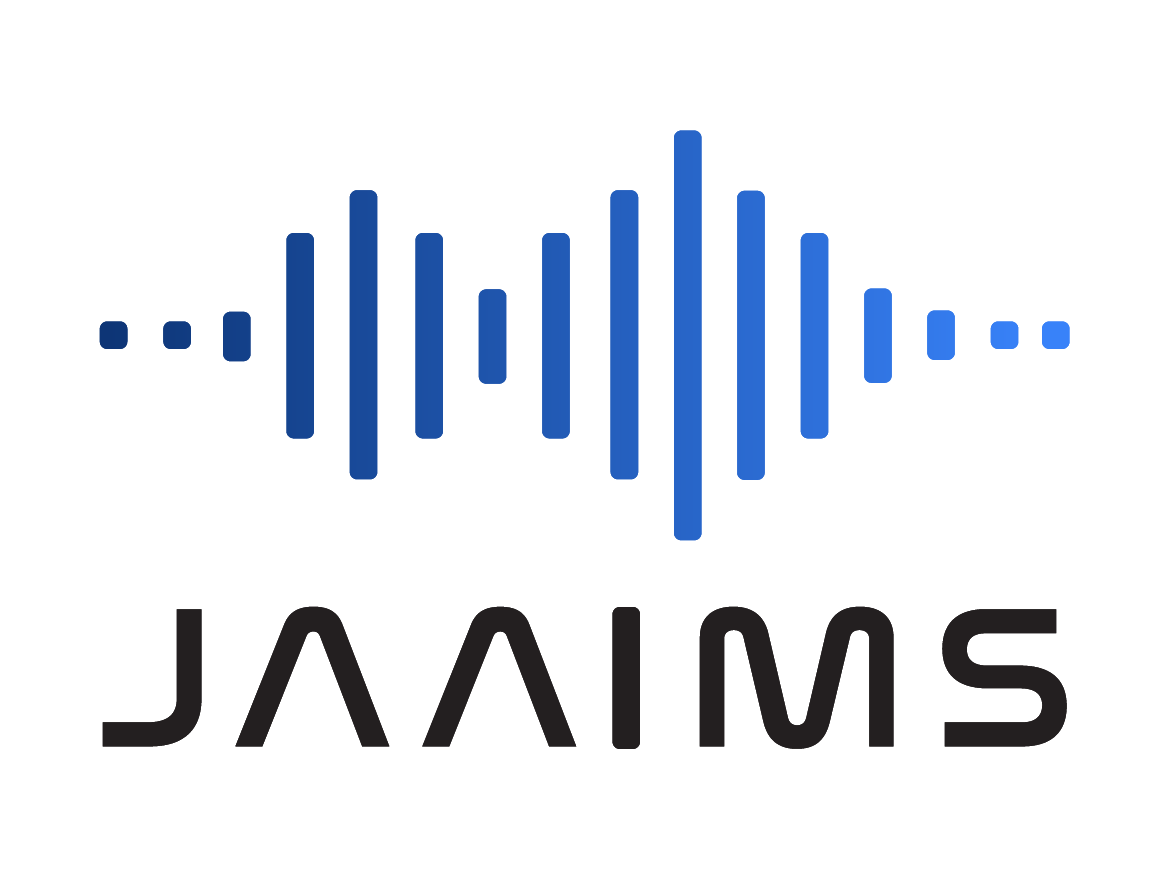Published 21 April 2022
By Tui Eruera, Founder and CEO of Jaaims
Not so long ago, emerging markets (EM) were viewed as a high risk – though high return, asset class. But their reputation isn’t keeping pace with reality.
Remember the 2000s? Along with the Y2K bug, low-rise jeans and a seemingly never-ending stream of Harry Potter movies, the first decade of the century pushed emerging markets (EM) into the investment spotlight.
The general view was that if you could handle the volatility and high risk of EM, big returns were up for grabs.
And the gains were impressive.
Between 2000 and 2012, EM delivered returns averaging 14.4% annually – more than double the 6.3% earned on global equities as a whole over the same period1.
Fast forward to 2022, and investors could be surprised to find that recent gains on EM have been more ‘meh’ than memorable.
The MSCI EM Index2 confirms that over the last 10 years, EM have dished up gains averaging just 3.36% annually.
Over the last five years, returns are slightly more attractive at 5.98% annually. But over the past three years, annual gains on EM have averaged just 4.94%.
What’s happened to emerging markets?
To understand why EM have stalled, let’s first clarify exactly what we mean by emerging markets.
EM are essentially the economies of the developing world. They include the big names of China, India, Brazil and Russia, as well as Indonesia, Taiwan and parts of the middle east.
The problem facing investors is that while these economies may offer plenty of potential, they are also facing serious headwinds.
Many are heavily reliant on oil and Australians know all too well that the cost of crude oil has skyrocketed since the start of 2022.
A World Bank report confirms emerging economies are also taking longer to recover from the COVID-19 pandemic than advanced economies.
Add in record levels of debt (which have ballooned due to the pandemic), and many EM are facing the challenge of depreciating local currencies, making debt repayments even more onerous.
On top of all this, the Ukraine conflict, which is hiking food prices globally, is adding to the difficulties faced by EM economies.
What this means for investors
All this highlights two key issues for investors.
The first issue and key consideration for investors using passive index funds to access EM is they have lost none of their volatility so it’s questionable if index investors are being appropriately rewarded for this risk – as they may have been in the past.
Of course, developed economies face many of the same headwinds as EM. The difference however – and this brings us to the second issue, that developed economies offer a safer environment for investors, so why take on additional risk for less return?
I believe the shine of EM is diminishing… fast and contrary to many analysts beliefs.
In response, Jaaims launches new global portfolio
In response to the current environment and remaining focused on developed economies, Jaaims has just launched a new AI Active Global Long Portfolio.
This highly active portfolio enables investors to trade stocks, grouped by sector, across four different markets – Australia, United Kingdom, Germany, and the United States.
As always, Jaaims identifies market sentiment by analysing over 250 different news and social media sources while harnessing our market timing and risk management technology to determine real time stock ratings.
This approach enables Jaaims to adjust exposure in line with identified opportunities while protecting and mitigating exposure risk.
In this way, Jaaims new AI Active Global Long Portfolio is helping investors meet the demands of the current market climate – one where relying on passive returns can lead to disappointment.
reference:
*Any advice provided is general in nature and does not take into account the viewer’s specific needs and circumstances. You should consider your own financial position, objectives and requirements to determine the type of advice and products to best suit your needs. Jaaims Australia is an Authorised Representative of Jaaims Technologies, AFSL 519985.
